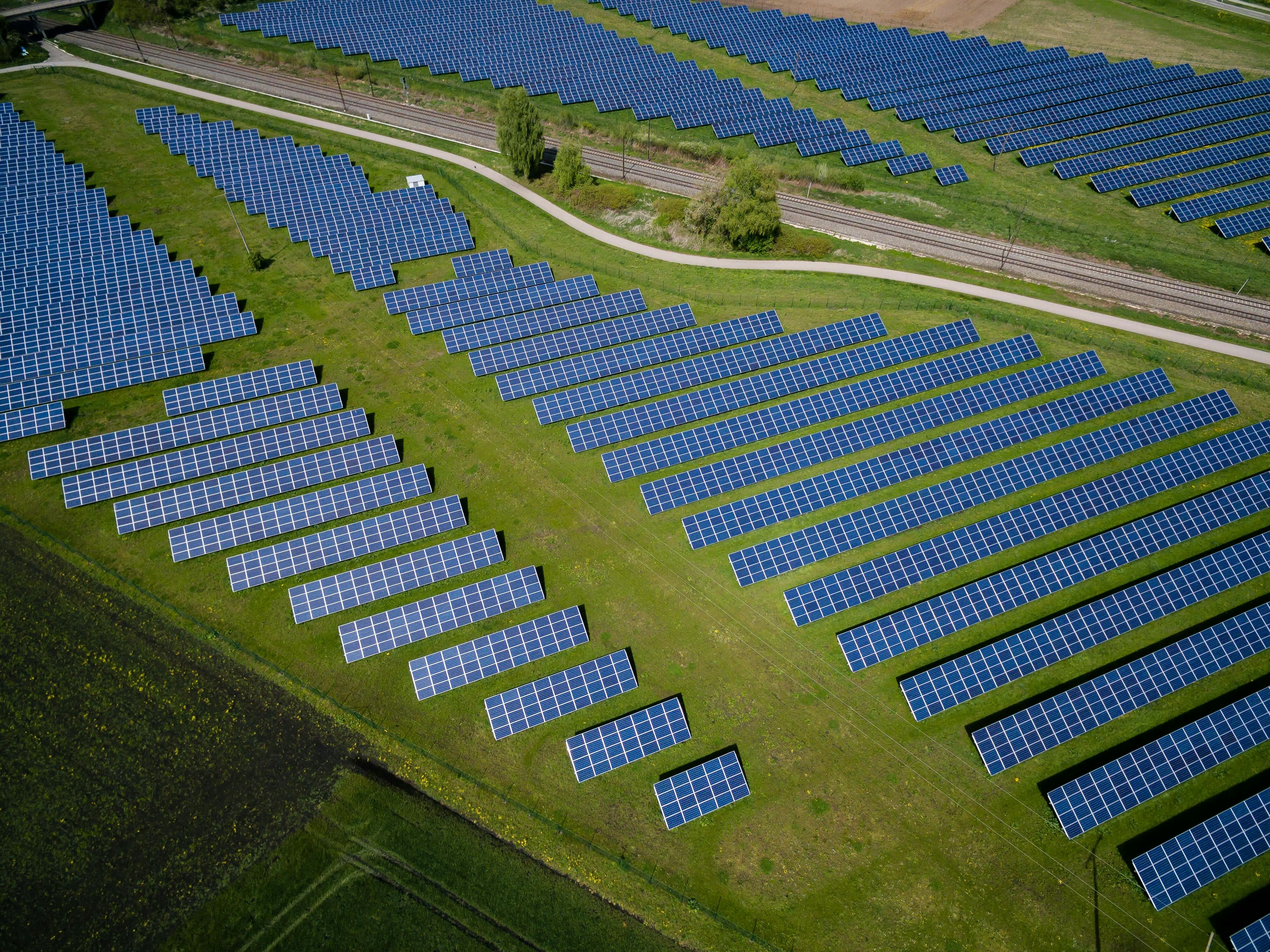
If there’s one reason to be optimistic about climate change, it’s solar power.
Switching off fossil fuels for electricity is the most critical step in our transition to a net-zero carbon world. But solar also shows us how to scale other solutions we need.
By @lachlanjc, October 2022
The price of solar has dropped
↓ 99.6% in the last 4 decades.
No other source of energy has dropped in price so drastically.
Solar is now the cheapest form of electricity in most places.
As we install more,
solar gets cheaper,
driving more installation.
As production scales, it creates economies of scale: the same reason if you’re making a cake, making two isn’t twice as hard. Plus, after you make thousands of cakes, you get faster, & the cakes are better. In solar, this drives down prices, increasing demand, & improves efficiency, creating a virtuous cycle.
Price per Watt vs Installed Capacity (MW), Logarithmic Scale
Not sure how to read a log scale? ↗The result? We’ve 30x’d solar capacity—in just a decade.
CIS: a group of former Soviet countries in Eurasia.
What would it take to use solar for all electricity?
While not a feasible grid strategy, as solar is intermittent, here’s a thought experiment for the potential scale of solar in an energy-abundant world.
- Land area required:
- 0.1% or less
- Below 1%
- Below 5%
- Over 5%
Data source: Carbon Tracker
Here’s the solar energy produced today.
Hourly data in MWh from 10/16/2022 covering the MISO region of the Midwestern US.
Data source: MISO.

There’s many more technologies critical to a net zero world we need to scale up & bring prices down: hydrogen electrolyzers, batteries, heat pumps, carbon removal, & water desalination, just to name a few.